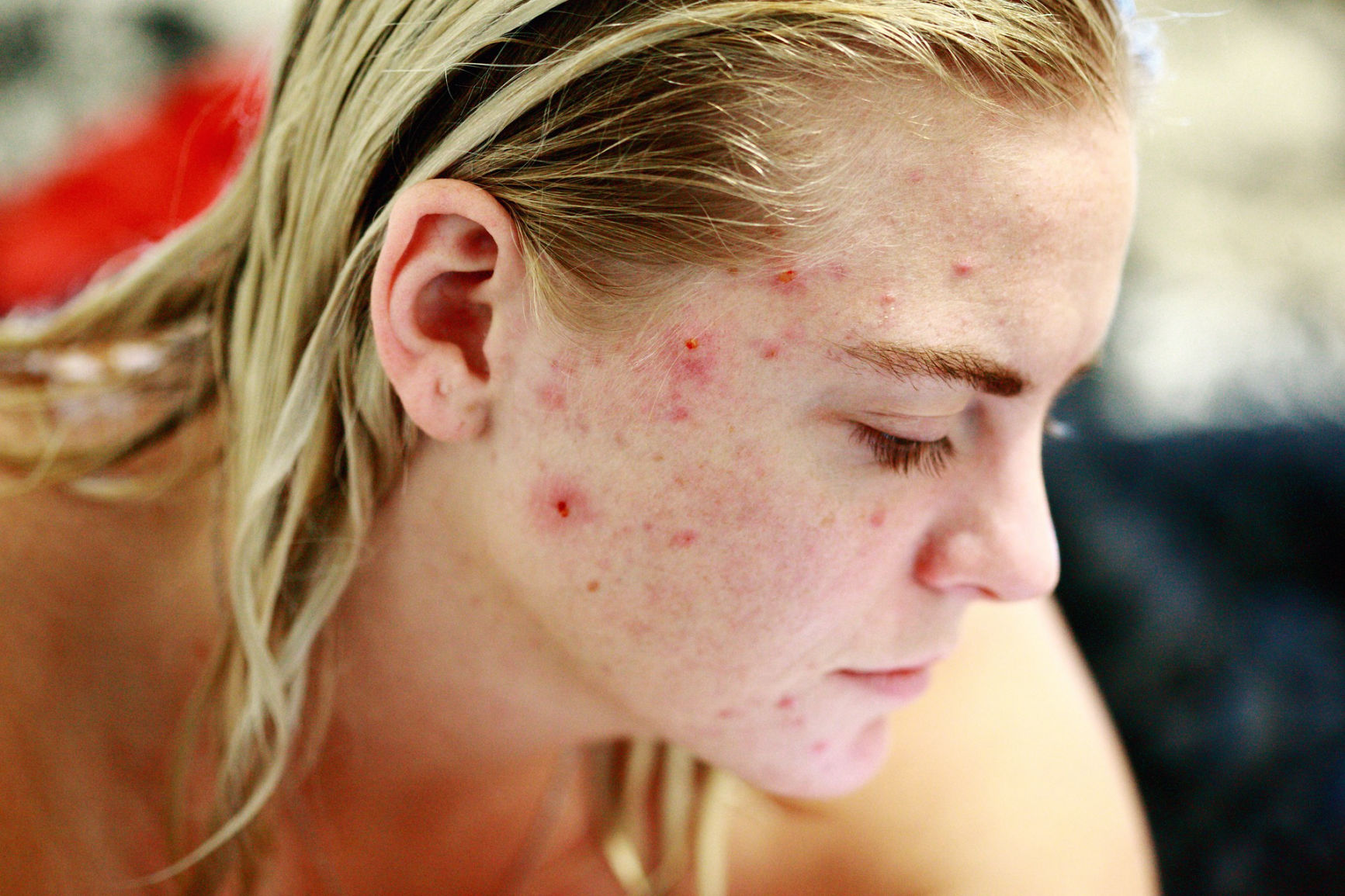
When younger people consider aesthetic treatments, their main goal is often to fix specific facial features or to change their facial proportions. They want for example fuller lips, a straighter nose or a more defined jawline. As you get older, things are not so simple any longer. You know that something has happened that makes you look different somehow, compared to when you were younger. But exactly what has happened?
Typically as we reach our forties and fifties is a loss of definition.1 The facial features are not so defined any longer.1 Even facial proportions start to change due to sagging skin and a loss of facial fat in the cheeks.1 Facial features and facial proportions also change due to bone resorption, which can be particularly noticeable at the posterior jaw and temples.1
For those of us who are not professionals, it can be difficult to understand the underlying changes that have occurred with age. Have our facial features changed due to bone resorption? Or is it loss of facial fat? Or is it the skin, which is the primary culprit, so to say?
For some of us, these changes don’t bother us at all. For others, they might become a considerable concern. This is reflected in a comment from a participant in a recent survey on aesthetic treatments:2
“I want to look in the mirror and feel like I look like myself. Sometimes I look in the mirror and I am like, good God, when did that happen?”
For many people who are considering aesthetic treatments, it’s not about looking younger. They want to look fresh and like themselves. Or, as another participant in the same survey commented:2
“My main goal is not even to look younger, but to look like I’ve aged well. I don’t want to look 25. I want to be 41, but a healthy, happy, like she’s aging well 41.”
Maybe you have decided to have some sort of aesthetic treatment to restore your facial features back to when you were more confident about your looks. However, what kind of treatment would be best for you? How will you know? Maybe you have seen pictures of friends and celebrities and think that’s the thing for you too! Or is it? What if you’re wrong and end up with a result that you don’t want?
Fortunately, that risk is minimal as long as you consult a qualified healthcare practitioner. He or she will listen to your concerns and your wishes and personalize the treatment to you. In order to do that, the whole treatment starts with a thorough consultation where your healthcare practitioner makes a facial assessment.
The facial assessment can vary from person to person. Galderma, which specializes in dermatological and aesthetic treatments, has developed a full-face assessment guide The Five Facets of Natural Beauty, that many healthcare practitioners use.3 The guide comprises the following important aspects: